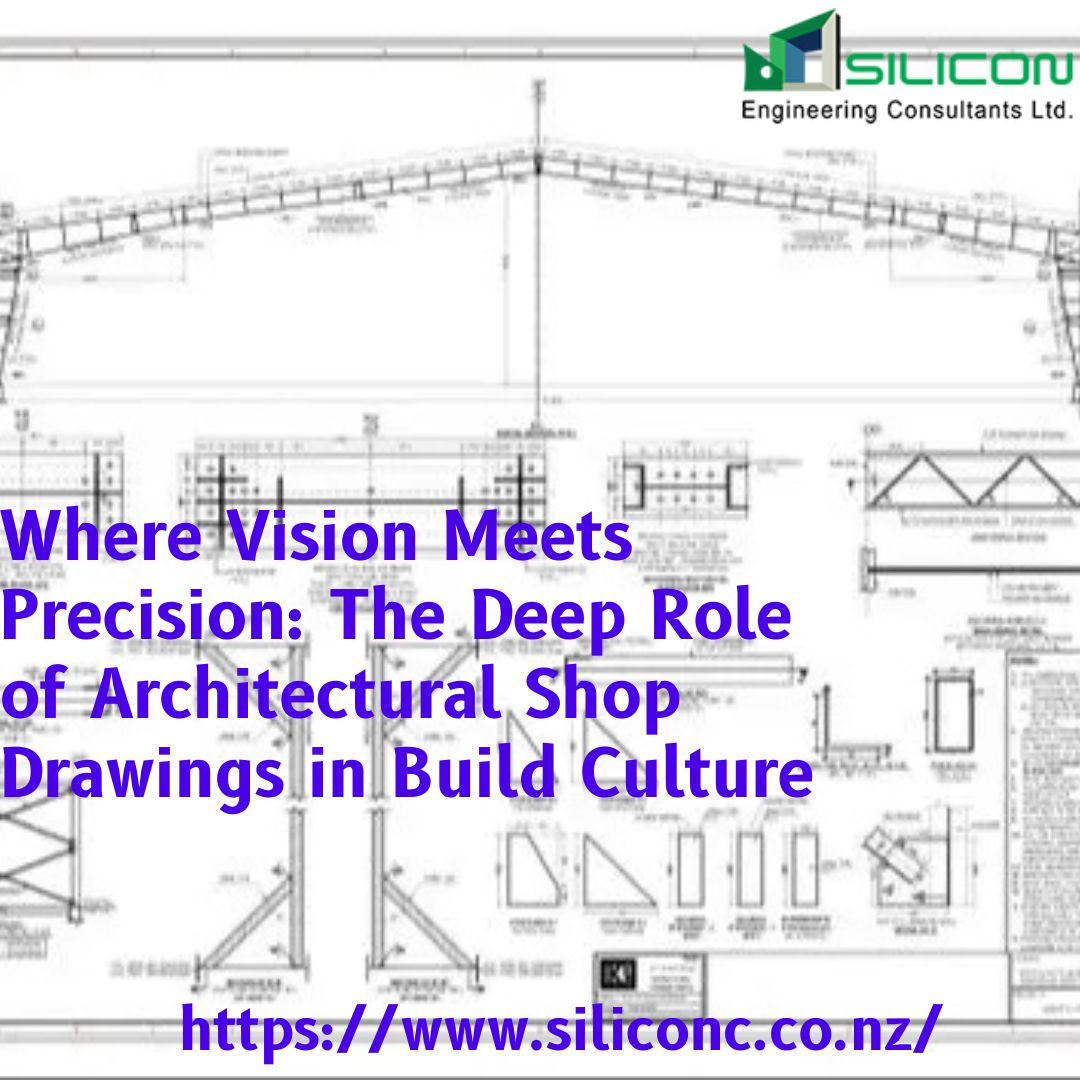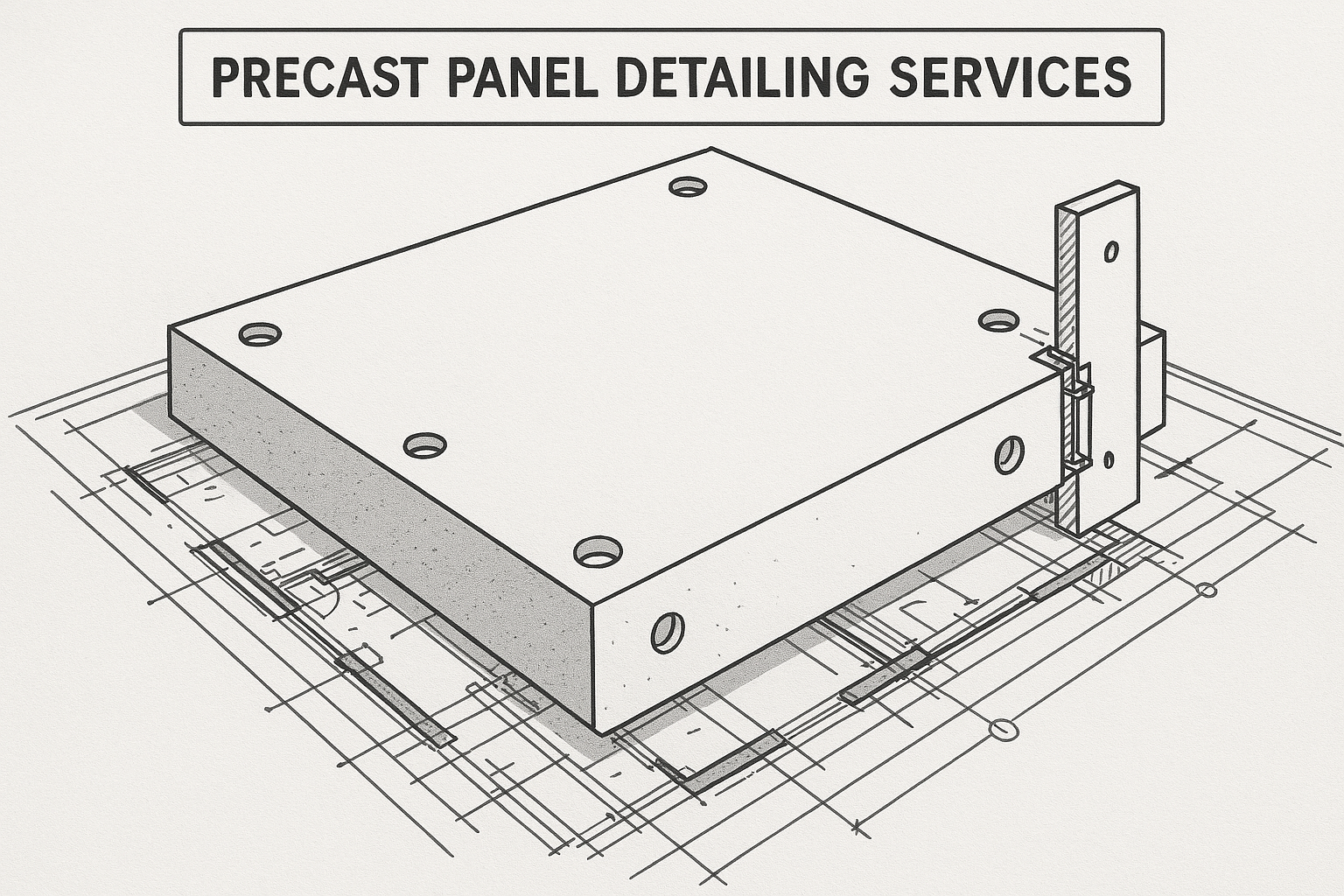How Building Information Modeling is Shaping the Future of Architecture and Design

Strong 8k brings an ultra-HD IPTV experience to your living room and your pocket.
The architectural industry is undergoing a significant transformation, driven by rapid technological advancements and evolving project demands. One of the most significant innovations in recent years has been the outsourcing of Building Information Modeling (BIM). This approach is revolutionizing how architectural firms handle design, planning, and project execution. By leveraging external expertise, firms can optimize workflows, reduce costs, and enhance overall efficiency. But what exactly is BIM outsourcing, and why is it becoming an essential part of modern architecture?
Understanding Building Information Modeling (BIM)
Before diving into its benefits and future significance, it's essential to understand what Building Information Modeling (BIM) truly represents. BIM is a digital process that encapsulates both the physical form and functional intent of a building within a data-rich 3D model. Far beyond basic drafting or modeling, BIM provides an intelligent, collaborative framework for managing spatial relationships, materials, performance, and operational information throughout the entire building lifecycle.
Architects and design professionals use BIM to visualize design intent, explore options, analyze performance, and refine solutions in a coordinated digital environment. This approach allows for detailed simulations, informed design choices, and improved communication across project teams. By resolving potential challenges early, BIM helps avoid delays, reduce confusion, and improve design clarity.
Why BIM Is Becoming a Cornerstone in Architecture
In today’s rapidly evolving design landscape, BIM is gaining momentum as an essential methodology for creating efficient, sustainable, and high-quality spaces. Here’s why more architecture firms are turning to BIM:
1. Enhanced Design Accuracy
BIM supports precision at every stage of the design process. Digital modeling tools detect inconsistencies and ensure all elements of a building design align across various disciplines. From geometry to data inputs, the level of control offered by BIM drastically reduces inconsistencies and improves the integrity of the final design.
2. Improved Coordination Across Disciplines
One of BIM’s greatest strengths is its ability to unite diverse contributors—architects, engineers, interior designers, and consultants—within a single digital environment. By working on a shared model, each stakeholder has access to the same up-to-date data, allowing seamless collaboration and smoother integration of design elements.
3. Data-Driven Design Decisions
BIM integrates not just visuals, but information. Each object in a BIM model holds embedded data about material types, dimensions, properties, and performance. This enables design teams to evaluate options with greater clarity and transparency, making well-informed decisions that enhance quality and long-term value.
4. Accelerated Workflow and Output
Traditional design methods often involve repetitive tasks and manual updates. BIM automates many of these processes—such as updating documentation or generating views—based on real-time model changes. This efficiency allows teams to move through design phases more quickly while maintaining a high standard of detail and accuracy.
5. Lifecycle Support and Long-Term Value
BIM isn’t just about the design and documentation phases—it supports ongoing building management. The data-rich model created during design can continue to serve as a reference for future renovations, maintenance, and performance monitoring. This long-term value makes BIM a powerful tool not only for immediate outcomes but also for the sustained success of a built environment.
BIM Support Services: A Smart Strategy for Architects
Implementing BIM across an entire studio or project can be a significant undertaking—especially for smaller firms or those new to the workflow. That’s where specialized BIM support services come into play. These services allow design teams to access expert assistance in model development, documentation, and coordination, without overextending internal resources.
By collaborating with BIM-focused professionals, architecture firms can streamline complex tasks while maintaining control over the creative process. This strategic support helps meet deadlines, manage workloads, and ensure a higher level of model accuracy and detail—all without the need to hire and train dedicated in-house teams.
The Future of BIM in Architecture
BIM continues to evolve alongside architectural innovation, offering new ways to imagine, model, and manage design. As the digital landscape grows more sophisticated, so too will the applications of BIM in architectural workflows. Below are a few key directions shaping its future:
• Cloud-Based Collaboration
Remote collaboration is now an industry norm, and BIM is well-suited for it. Cloud-based platforms allow teams in different locations to access, edit, and review models in real time. This keeps everyone on the same page and helps projects progress smoothly, regardless of geography or time zones.
• Sustainability Integration
With an increased emphasis on environmentally responsible design, BIM is playing a key role in sustainability efforts. It enables teams to analyze energy use, simulate daylighting, and optimize material efficiency—all within the model. These capabilities help design teams create more sustainable buildings from the earliest design stages.
• Visualization and Immersive Experiences
BIM supports advanced visualization tools that help architects present and refine design ideas with greater clarity. From realistic renderings to immersive walkthroughs, the ability to experience a design before it's built improves both internal review and client communication.
• Stronger Data Management
As BIM models grow in complexity and importance, the need for secure, well-managed digital data becomes more critical. Future BIM workflows will focus more on data governance, consistent model structuring, and centralized access control, ensuring that the information within the model remains usable, accurate, and protected.
Final Thoughts: Embracing BIM as a Core Design Practice
Building Information Modeling is more than a technical skill—it’s a mindset and a methodology that transforms how architectural projects are conceptualized, developed, and maintained. By offering a structured, intelligent approach to design and documentation, BIM allows firms to operate with greater confidence, precision, and collaboration.
Whether you're a boutique studio or an established practice, adopting BIM—or expanding its role in your workflow—is a strategic move toward future-ready design. For those looking to enhance their BIM capabilities without expanding internal teams, firms like Silicon Engineering Consultant Limited provide the experience and flexibility to make your vision a reality.
BIM is not just shaping the future of architecture—it is the foundation on which that future is being built.
Note: IndiBlogHub features both user-submitted and editorial content. We do not verify third-party contributions. Read our Disclaimer and Privacy Policyfor details.






